Our Process
What is Aggregate?
Construction aggregate or simply "aggregate" is a broad category of coarse to medium grained particulate material used in construction including; sand, gravel, granite, crushed stone, etc. Aggregate is the most mined materials in the world.
Aggregates, which account for 60 to 70 per cent of the total volume of concrete are divided into two distinct categories - fine and coarse. Fine aggregates generally consist of natural sand or crushed stone with most particles
passing through a ⅜-inch sieve.
Coarse aggregates are any particles greater than 0•9 inches but generally range between ⅜ and 1•5 inches in diameter. Natural gravel and sand are usually dug or dredged from a pit, river,
lake or sea bed.
Crushed aggregate is produced by crushing quarry rock, boulders, cobbles or large-size gravel. Selection of aggregates is an important process and characteristics considered for selection include: (a)
grading (b) durability (c) particle shape and surface texture (d) abrasion and skid resistance (e)limit weight and voids (f) absorption and surface moisture Grading refers to the determination of the particle-size distribution of aggregate.
Grading limits and maximum aggregate size are specified because these properties affect the amount of aggregate used as well as cement and water requirements, workability, pumpability and durability of concrete.
In general, if the water-cement ratio is chosen correctly, a wide range in grading can be used without a major effect on strength.
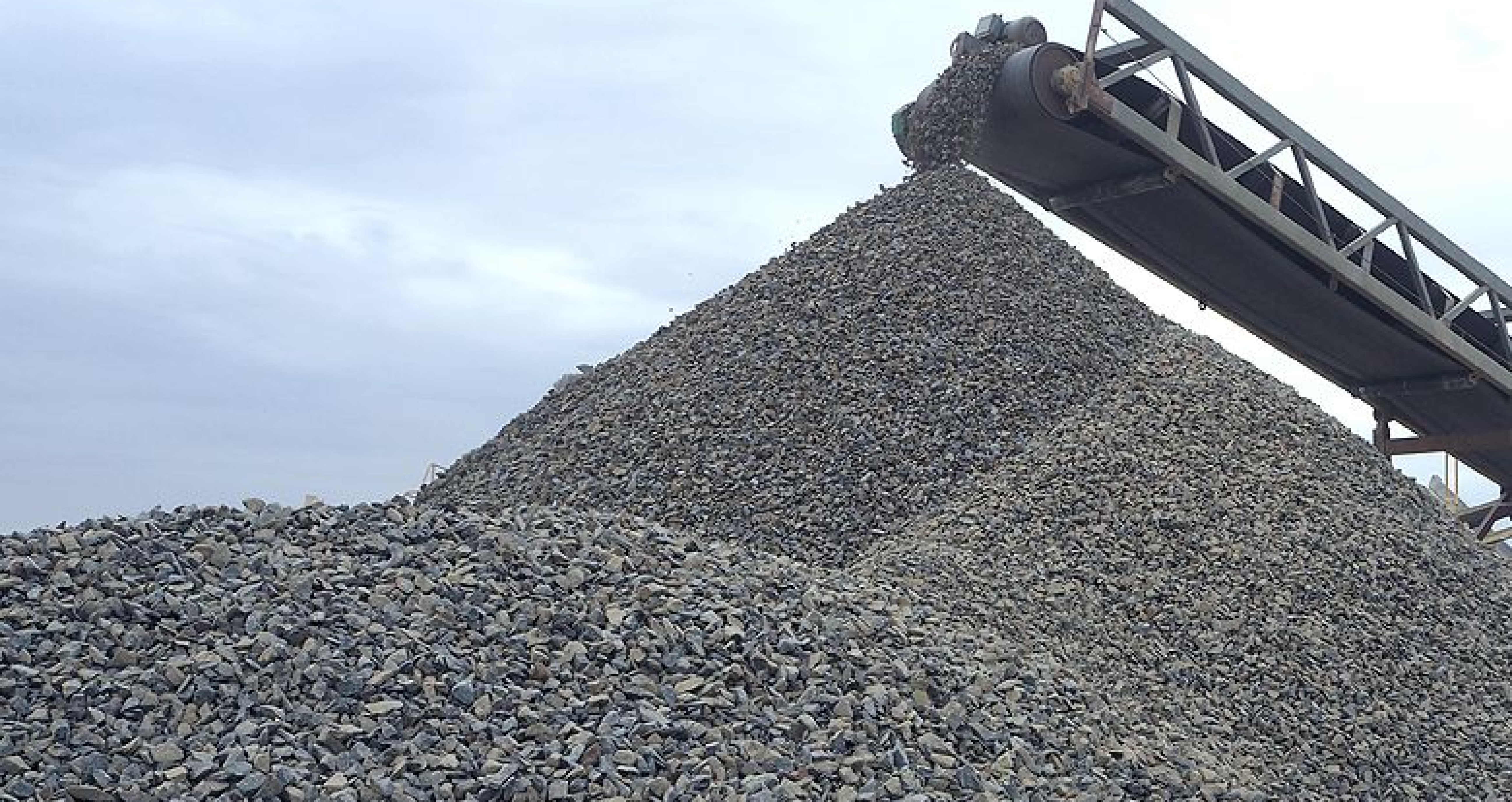
-- Courtesy Waste Disposal Hub
How Aggregates are processed and mined for use
The process of quarrying requires drilling and blasting. After a suitable method is applied the crushed rock is transported to the process facilities (crushing machine). Here, the quarried rock undergoes primary and secondary crushing and is sorted in size and moved by the conveyors to bins or stockpiled.
GRADING OF AGGREGATE
(A) 0-2mm, 0-5 mm ... Stone dust or Granite sand: This is the finest (of size) of the aggregates. They are used for making building blocks, interlocking blocks for pavement surfaces.
They are also used for the construction of roads and to decorate the paving paths and playgrounds. These aggregate fractions are best to construct concrete structures and landscaping the garden areas of any home.
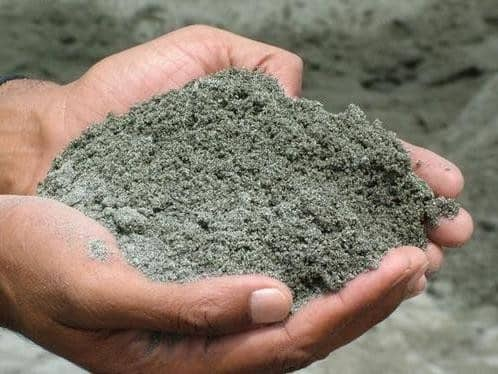
-- Courtesy Waste Disposal Hub
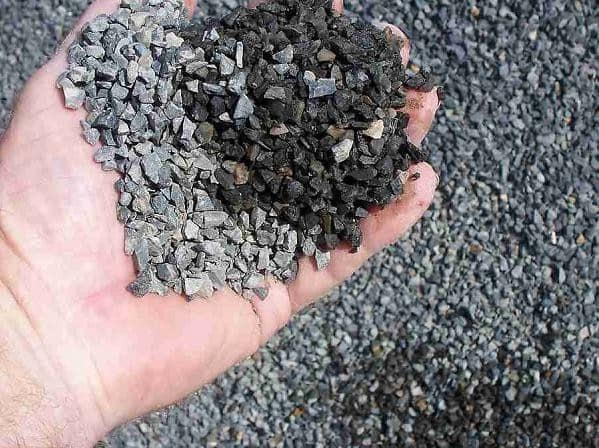
-- Courtesy Waste Disposal Hub
(B) 2-5mm, 3-5mm... called "Rice-size" in local parlance: These are ⅜ inch size Aggregates. This fraction of granite is used to construct the paving slabs and related applications.
The 3-5mm granite is used in the construction of roads and railroads. They are sometimes combined with the 5-10mm granite as they result in the best foundation.
(C) 5-10mm (½" inch): One of the most popularly used aggregate fraction ranges in the 5-10mm category. They are widely used in the construction of concrete structures, construction of roads, buildings, bridges, drainage foundations and septic drain field. It is the most important binding material that holds the composite together. Also, it is quite necessary to add the 5-10mm aggregate in the concrete mixture as it makes the mixture stronger and the foundation stable.
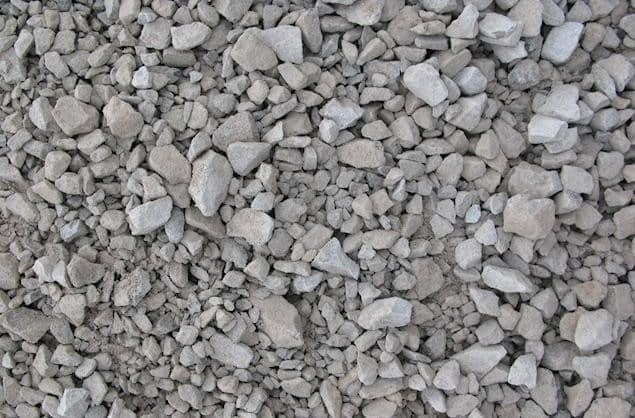
-- Courtesy Waste Disposal Hub
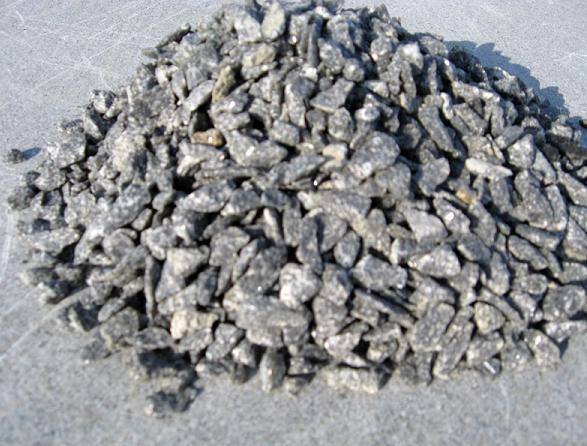
-- Courtesy Waste Disposal Hub
(D) 5-20mm (¾" Down): For the road concrete mixes, the use of 5-20mm granite is preferred. The reason to this fraction aggregates is simple. They are adhesive and sticks the solid concrete together, making the surface smooth and even. They are the best to add in the composite materials used to construct walls and floors.
(E) 10-20mm (¾" up): For laying out and filling of the concrete roads, high-rise building, etc, the granite of the size 10-20mm is perfect. They are also used for the sub-base preparation of the building construction or road surface.

-- Courtesy Waste Disposal Hub
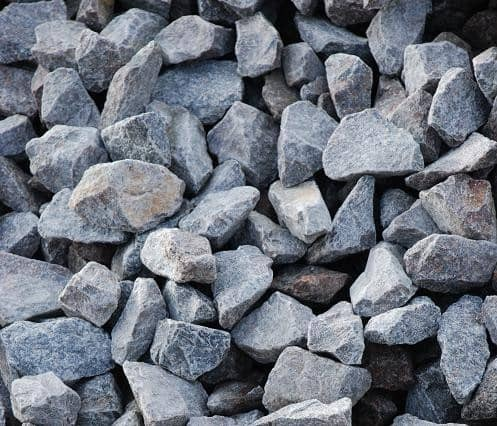
-- Courtesy Waste Disposal Hub
(F) 20-40mm (⅞" inch to 1 inch): Starting with the category of medium fraction aggregates, 20-40mm are used in building the lower layer of the road surface (beneath the asphalt surface). Massive construction like highways and railways and in heavy construction machinery, builders require reinforced concrete that is generated with the help of 20-40mm granite.
(G) 20-70mm, 40-70mm (Hard Core): When builders work with a large quantity of concrete, this large fraction (of aggregates) can be used. They are preferred in the construction of industrial spaces and premises
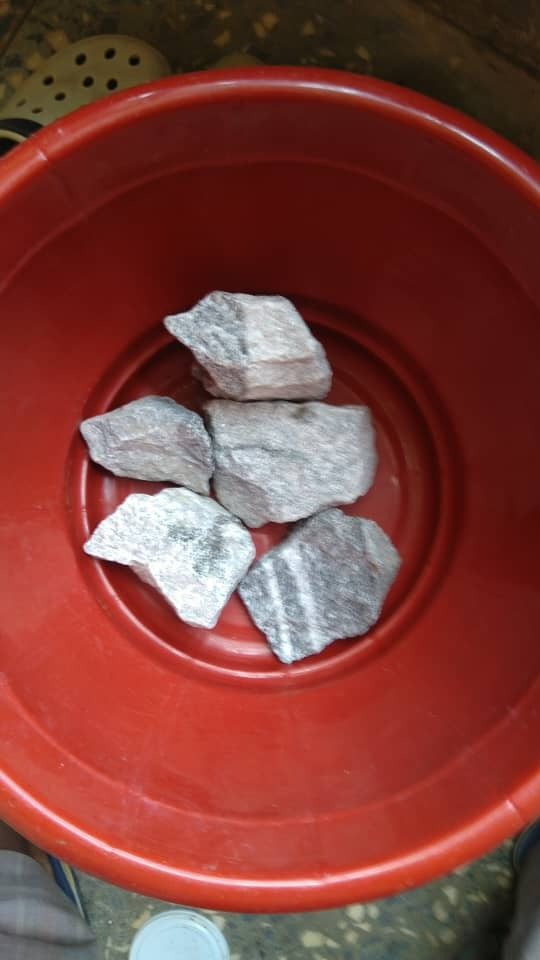
-- Courtesy Waste Disposal Hub